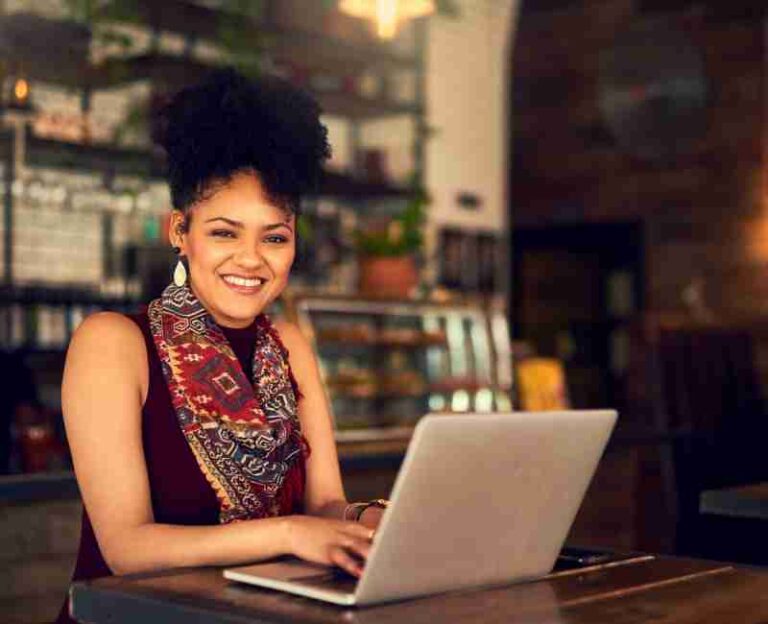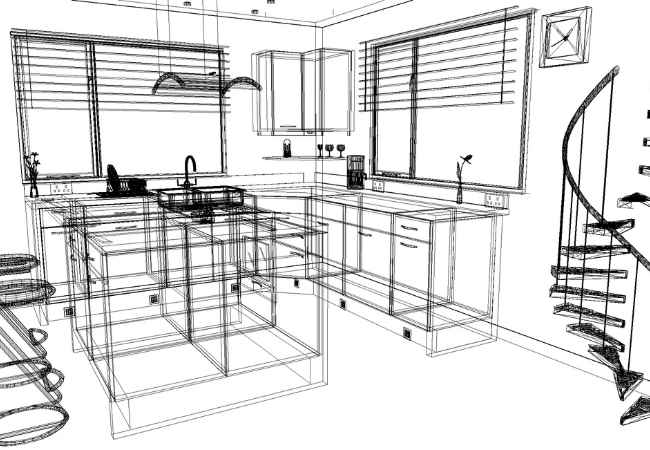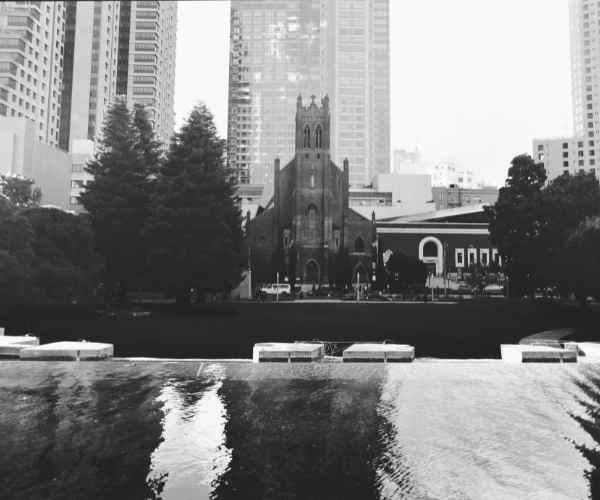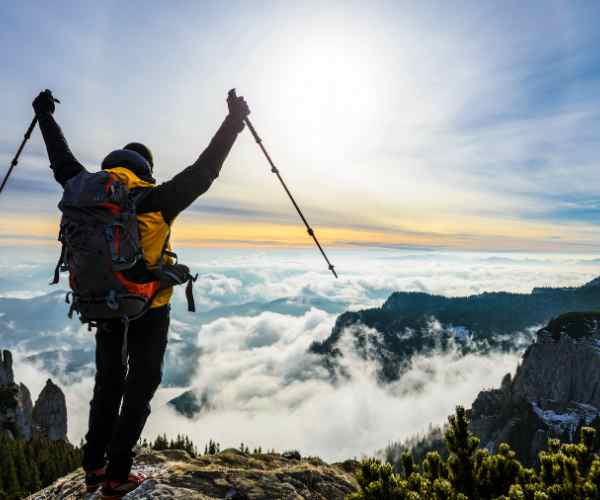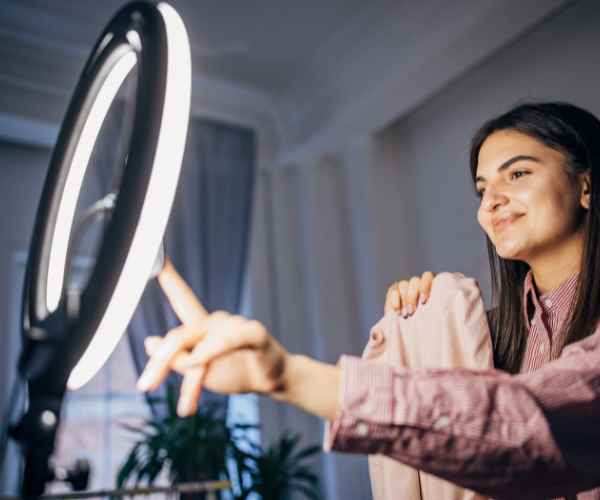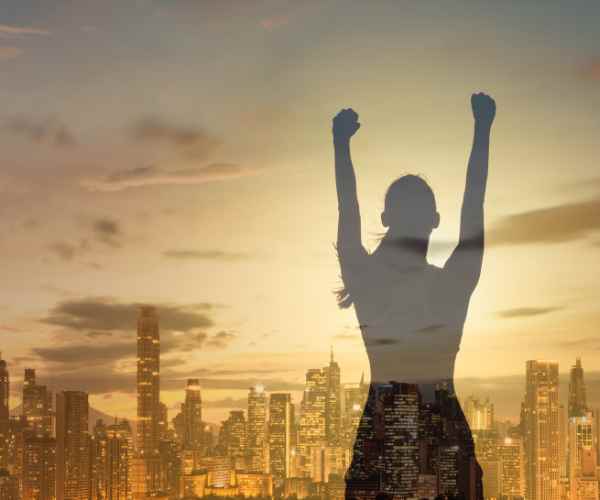The way we see and practice art has changed drastically with the advent of new technologies – among them the computer, thanks to which today we have the opportunity to engage in digital art. that This form of art has multiple tools today, for example, a good digital drawing or achieving ‘?’ through algorithms
This article looks into the new facets opened up by the rapidly developing digital technologies and artificial intelligence that are changing the nature of the art world as we know it. New techniques are introduced, new methods appear.
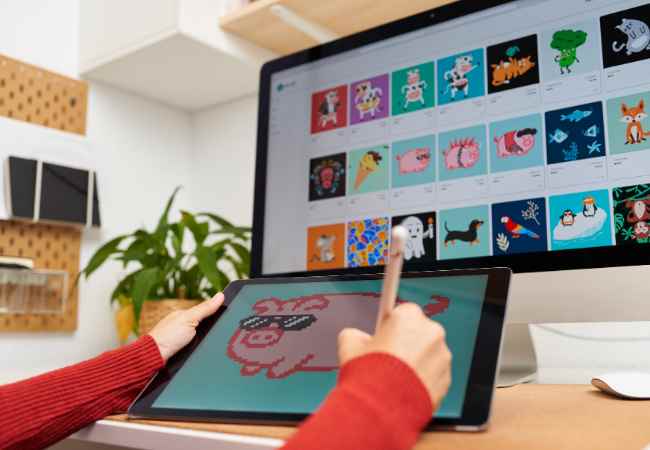
What to Expect: A Comprehensive Exploration of Digital Art’s Impact
In this section, we will delve through the artistic history and evolution of technologies with examples showing how digital art has reached out to the people in all the industries from music to fine arts and changed the way things are viewed and provided almost new tools in terms of making art.
The Shift Towards Digitalization of Art
The inception of digital art can be traced back to pre-computer assisted art and painting in the 1970s known as “pixel art”. This was a tedious and simplistic art style that relied solely on the use of computers to manufacture images and portraits consisting entirely of square shapes known as pixels. With the launch of more advanced programs in the 1980s and 1990s such as Adobe Photoshop and Corel Painter, artists were able to scale up their work and illustrations, creating images that closely emulated classical art techniques. By the early 2000s, digital tablets and styluses increased tool options for users, bringing us closer to balancing the gap between classical and modern art. Currently, a 4k digital canvas or a professional graphic designing kit can provide almost the same level of creativity and detail that a real painting does.
Example: The advancement from the 8-bit graphics of early gaming consoles to the current real life like landscapes and graphics in contemporary video games showcase the significance of such advancements in technology.
What Platforms Have Revolutionized the World for Digital Artists?
DeviantArt, created in 2000, and ArtStation, rolled out in 2014, have become a central part of the digitized art industry. Such platforms not only act as galleries where artists exhibit their works, rather serve as social networks in which artists can interact, cooperate and motivate one another. The community aspect has led to numerous artistic collaborations, mentorships, and even career opportunities, as industry scouts often visit these platforms in search of new talent.
Statistics: DeviantArt has over 44 million registered members making it one of the largest online communities. ArtStation, while younger, became immediately important by concentrating on the professional presentation and promotion of art and employment opportunities for artists, demonstrating its impact on the sector.
Who are the original artists in the world of digital arts?
A host of active persons have had an impact on digital art using digital tools in innovative ways and creative practices of most of these people. Such artists as Mike Winkelmann, known as Beeple who stunned the world with an NFT sale of $69 million, and Lauren Tsai, known for her groundbreaking digital artworks that assimilate traditions and future designs, are just but a few examples.
Data Points: As noted in Art Market’s Report on Contemporary Art in 2021, Beeple is considered one of the most costly living artists in terms of auction turnover. This highlights how much digital artists can earn in the art industry.
Examples: Other pioneers include artists like Refik Anadol who uses data sets related to human memories to create data-driven AI and ML visual installations. Anadol’s visual pieces not only challenge the limits of our spatial and visual complexity, but also tackle the important issue of AI and the experience of humanity itself.
How do social media turns the artist into an influencer in the digital realm?
Social media evolved the way artists showcase, market and promote their artwork. Social media like Instagram, Tik Tok, Twitter provide digital creators who are far more places than the scope of galleries. These platforms do not only enable marketing, but provide spaces and opportunities for communities and professional connections.
Statistics: Instagram as the social media with the largest number of user accounts more than a billion is a home for millions of artists. For example, a digital illustrator, Lois van Baarle aka Loish gained over 2.4 million followers by sharing digital paintings themed around femininity and nature portraiture.
Examples: Artists such as Sarah Andersen and Alessandro Pautasso used social media platforms not only for displaying their artworks but also for developing an interactive relationship with their followers through their posts and the process itself, making it possible to experience their art practice.
According to the competition theory, it also states that the role of social media in the space of art is evident as it gives the artists means to use them as community influencers and leaders. This spreading out of the art crossing the power of the traditional art world makes it possible for every artist regardless of their background to upload their works and with a chance of reaching audience, worldwide.
The New Form of Art Driven by Technological Innovations
The emergence of artificial intelligence within the field of art not only brought with it new tools for creativity but also raised questions of authorship and ethics. On the other hand, AI art or algorithm art is a type of artwork that is created using codes that are intended to mimic human skills, and such outputs might even go beyond the usual skills of human artists in terms of scale and intricacy.
Data Points: A good instant of art created by AI and what it could do was demonstrated at a 2018 auction held by Christie’s where an AI created Portrait sold for $432,500 which was close to fifty times more than what the auctioneers estimate was. This event highlighted the growing interest and economic potential of AI within the art market.
Examples: Artists like Mario Klingemann and Refik Anadol use neural networks and machine learning algorithms to create complex visual pieces that delve into understanding how artificial intelligence can function in conjunction with human thinking. In particular, Klingemann creates images using datasets of historic art artworks with which he emphasizes the legitimacy of the concept of an artist and the process of creativity.
How Are Virtual Reality and Other Immersive Experiences Creating a New Vocabulary of Art?
On the one hand, the perspective on how art can be experienced and grasped with the help of modern technologies may advance as art stands out from the two-dimensional canvas. The integration of VR and AR urges the audience to step out of the passive role of the beholder and become an active participant who contributes to the virtual representations of the art.
Statistics: The AR and VR arts market is expected to grow at more than 30% p.a till year 2025 reflecting a well-built penetration of these technologies to the use cases at the arts sector.
What became possible thanks to the emergence of digital art? Artists like Olafur Eliasson and teamLab have been the first ones to apply virtual reality technologies to the field of arts. For instance, Olafur Eliasson’s projects use augmented reality elements and seek to create virtual environments, which are different from real-world in terms of vision and light interplay, whereas, on the other end, teamLab, which is an artist collective, designs and builds enormous elaborate worlds that users travel through – brand new worlds formed and made up totally by computers.
Does digital art have the effect on the most widespread mediums?
Painting and art restoration have been changed thanks to the introduction of digital art techniques as there are new, more efficient approaches in preservation, studying and creating new pieces of art. As an illustration, digital technology provides conservators and artists with more speed and accuracy, but at the same time allows them to be more creative and experimental.
Data Points: In a survey carried out by the Getty Conservation Institute, it was shown that 31 out of 73 experts have used filmless imaging which diminishes the risks of breaking priceless artworks by more than 30%.
Examples: Thanks to the use of digital imaging and photogrammetry in art restoration, conservators are able to produce accurate digital copies of damaged pieces and analyze them, as well as devise strategies for restoration works without touching the originals. For example, in classical painting, artists such as David Hockney began to produce drafts and paintings on their iPads using an Apple Pencil as it now allows them to combine impressionistic works with digital ones.
How Are Collaborative Efforts Merging the Borders between Art on the Screen and Art on Paintings?
The interaction of artists within the digital environment and classical artists resulted in the emergence of hybrid artworks, which do not seem to fit any of the existing definitions of art or the medium. As a result of such collaborations, the artworks are able to circumvent the boundaries of a digital or a physical piece and present new insights and experiences for the audience.
Statistics: According to a survey conducted by Artsy, more than 70% of artists have worked with other artists at some time in their lives, and in recent years, there has been a trend of an increase in the number of such collaborations, particularly digital ones.
Examples: Zioenarts’ Larysart Painting as an Art of the Molesko District Association, is one of projects we can list with students; Or the Hololens art installations executed by the artist Rachel Roasin, van gogh alive where an artist mHeller used HOC art technology to project images of modern screens and sculptures such initiatives go together to demonstrate how art can be approached by all senses. On the other hand, programs such as the one Creative Residency of Adobemakers where different artists are brought together to marry the digital space and the craft create an explosion in the art space.
FAQs
What is digital art specifically connects it to the art world and how is it revolutionizing most of the arts?
In simple terms, all of computer/tablet or even software-based forms of artwork are referred to as digital art. It is worth noting that unlike other forms of virtual art most of the time exists out in cyberspace or virtual world and can be changed or multiplied with ease, digital art is cast into reality using tangible means such as paint, canvas or sculptures. That is where the difference in the digital and the non-virtual world is, all digital art is created using non-physical mediums and a touch for creativity.
Data Points: Current history suggested on a survey by pew research center that the figure of more than eighty percent is viably possible where many artists stated that they used such tools sometime in their practices clearly indicating the modern world of art and its obtainment of digital techniques.
How Do I Begin Making Digital Art And What Equipment Is Required?
To begin, all that is needed is a computer, a tablet, and some basic software. Some popular tools for this include Procreate, Corel Painter or Photoshop. These applications have supplementary brushes, layers and different effects that may assist during the making process. Graphic tablets and styluses have also made it easier as these devices assist with drawing and painting in a more natural way.
Examples: The development of renowned digital artist Loish is a result of Adobe Photoshop and Wacom tablet use, thus Proofing that one does not need too much in terms of pieces of equipment to create professional looking digital designs.
Can Digital Art Be a Profession And How Has It Affected The Art Market?
A lot of the artists I know have been creating digital art and it seems like there are more opportunities nowadays, it certainly wasn’t the case before but now there are digital platforms such as online marketplaces that allow artists to showcase their work. This has enabled commissioning, prints, and licensing agreements that help monetize the artworks. Digital art nowadays is extremely popular and along with that has influenced the art field in my opinion quite a lot, as a lot of the artworks created in this style nowadays sell at auctions for a considerably high value.
Data Points: According to an Artsy report, sales of digital art on online spaces grew tremendously by over 300% in the last five years, which shows the popularity and economic worth of digital artworks growing.
What Is the Ethical Implications of AI Generated Art?
Ethical issues in AI art are mainly those relating to ownership, gender bias, or copyright. While AI artists have the ability to create great pieces of art, the question of whether a person should have the sole right to ownership of all work produced by an algorithm is still an area of dispute. Furthermore, AI tools can also reinforce the biases embedded in the data used to train them, which increases issues of diversity and representation in the context of AI artwork.
Examples: The issue of AI in art was brought forward in the sale of the Portrait of Edmond de Belamy which was an AI created artwork. Many critics, however, argued that the artwork raised issues of the significance of an artist and whether the work was in its true form an outcome of artificial intelligence.
How Are Emerging Technologies Such As NFTs Influencing the View of Copyright and Ownership of Artistic Work?
NFTs are digital assets that can be used for the purchase or trading of virtual items such as digital images. NFTs help tokenize artworks on a blockchain platform thus proving ownership and authenticity which changes how art is sold. However, the introduction of NFTs has also prompted discussion on themes such as copyright issues, ownership rights, and environmental effects of blockchain technology.
Statistics: The NFT market witnessed explosive expansion in the year 2021 with sales volume surpassing the 40 billion dollar mark as per research by NonFungible.com.
Conclusion
To summarize, we investigated how all those phenomena associated with the emergence of digital technologies in the field of art: the appearance of digital art tools, the ethical issues caused by AI-generated art, and NFT technology for new forms of ownership. Digital art has grown into an active and quite influential force in the society, altering the ways in which art is produced, viewed, and experienced.
It may be argued that the future is in the embrace of digital art. If AI, virtual reality, and blockchain are rather clear advances for artists, we are likely to observe more and more innovations and experiments in digital art. The combination of fantasy and technology will bring us creations that will wow the audience, such as AI-rendered pieces or exceptional virtual reality visits. The scope and practice of art will be going even further than it is now and will encourage more artists and art lovers of different ages and social backgrounds.
More Post

